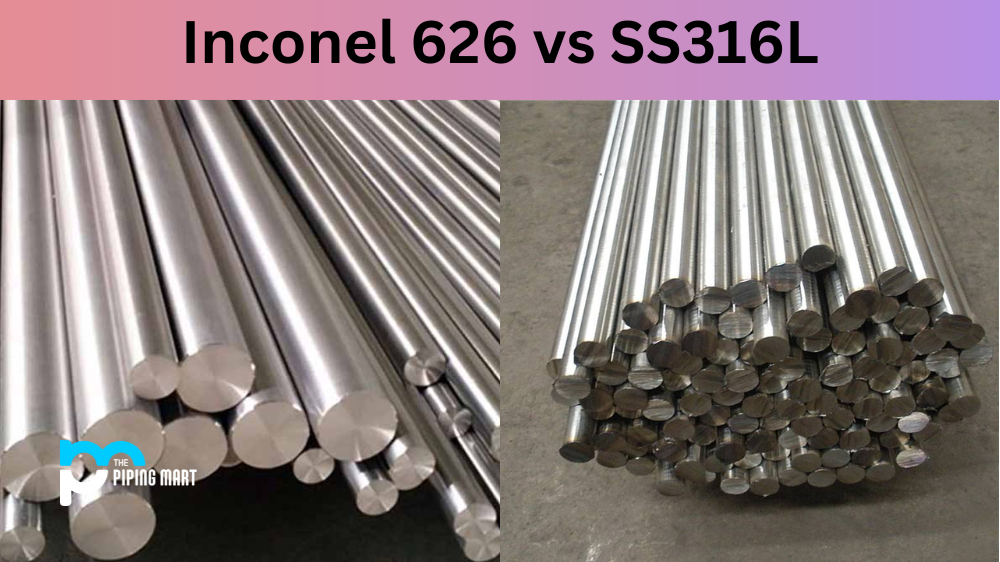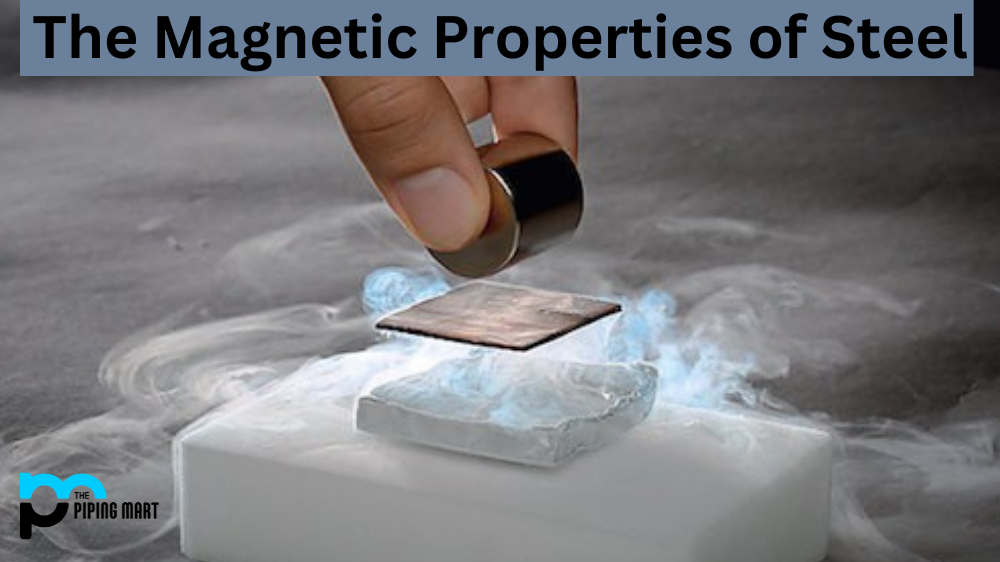Bronze is an alloy, like brass, made mainly of copper. However where brass mixes copper with zinc, bronze is made of copper and tin, often combined with small quantities of other metals and non-metallic components including lead and silicon.
When soft copper is mixed with brittle tin, the result is an alloy with improved strength and hardness. Bronze is also non-magnetic, resistant to corrosion and has good heat and electrical properties.
Bronze is sold in the form of tubes & rods, ingots or sheet In a range of industrial processes, two primary forms of the bronze plate–silicon bronze plate and bearing bronze plate–can be used. Machining the silicon bronze sheet is relatively easy while working bronze sheet bearing needs more knowledge in manufacturing.
Silicon bronze (C65500) is a low-lead brass alloy usually made up of 96% copper, silicon, and possibly small quantities of manganese, tin iron, or zinc. It is known for its simple pouring ability and attractive surface finish, as well as excellent resistance to corrosion make-up, even when immersed in liquids like saltwater, freshwater, most acids, and organic chemicals.
Bronze bearing (C93200) also provides high resistance to corrosion as well as outstanding wear resistance and high toughness. Bearing bronze plate, as the name suggests, is most widely used for bearings, bushings, and similar applications.
Uses of Bronze
Springs – The precision-grade phosphor bronze wire is used to form springs of compression and electrical contact. The resistance to corrosion, high endurance, and low friction coefficient make it a common replacement for costly alloys, such as beryllium copper.
Marine architecture – Bronze is suitable to be used in saltwater and freshwater applications, such as engine components, pumps, propellers, and ship bells, due to its high corrosion resistance, high endurance, and natural lubricity.
Industrial castings – Bronze is comparatively easy to machine and pours for castings, resulting in products like pumps and valve stems that can handle high wear and abrasion. Silicon bronze also has self-lubricating characteristics that make it suitable in a wide range of applications for bearings and bushings.
Sculpture – Bronze has been used in many cultures for centuries to make beautiful works of art. When in the 20th century, silicon bronze was introduced into the alloy mix, it became the primary form used in sculpture.
Musical instrument strings – For acoustic guitars, pianos, and traditional instruments such as the sitar, bronze wound strings are used. Bronze windings around steel or nylon cores, especially for lower notes, provide a much warmer sound than other metals.
Safety tools – Steel tools like hammers, mallets, and wrenches can cause dangerous sparks when used close to combustible or explosive gasses and vapors. Bronze is non-magnetic and spark-free, which makes it a much better option in hazardous areas to prevent flashover.
Bronze wool – Bronze wool is used to polish and sand wood and metal surfaces as a replacement for steel wool. Because it is resistant to corrosion and does not shed like steel wool–leaving fragments that could cause electrical shorts–bronze wool is suitable for industrial construction and marine purposes and will not leave stains on wood.

Pipingmart is B2B portal specializes in industrial, metal and piping products. Also, share latest information and news related to products, materials and different types grades to help business dealing in this industry.




